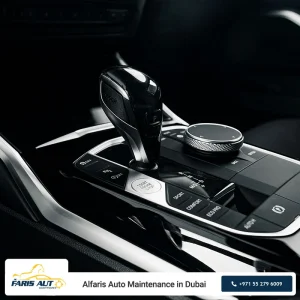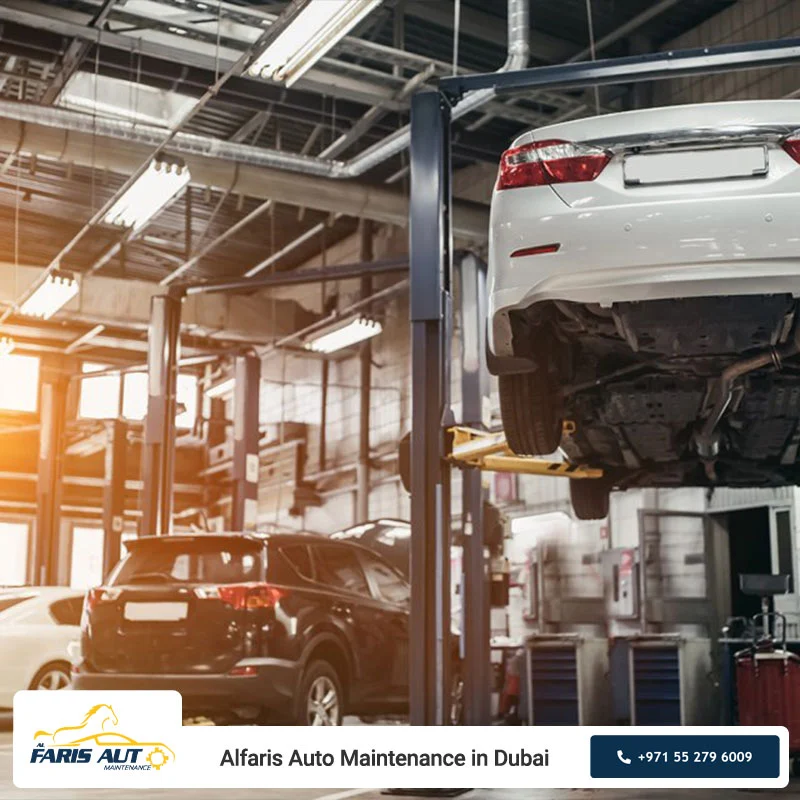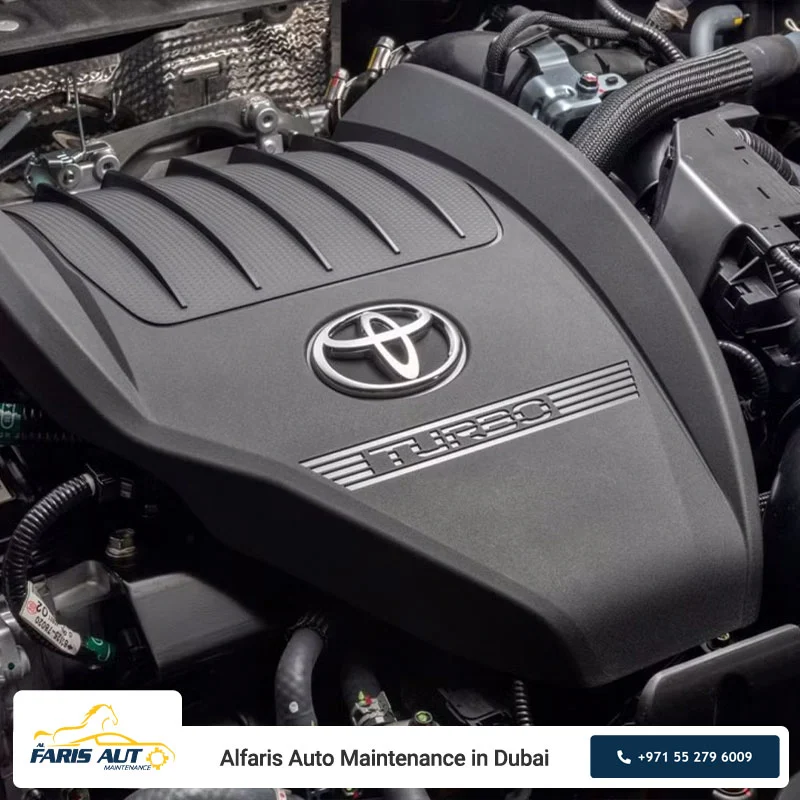Alfaris Auto aims to introduce the types of car transmissions in this article. The application of various transmission types, aside from their different functions, enables the vehicle to move. Without a transmission, the car engine cannot operate efficiently, making driving very difficult or even impossible. The transmission allows the driver to adjust the vehicle’s speed and power according to different road conditions and personal needs. Therefore, understanding the different types of car transmissions and the advantages and disadvantages of each is very important for every driver and car enthusiast.
In this article, prepared by the expert team at Alfaris Auto, we will introduce the types of transmissions and explain the differences, applications, and key points of each type in a simple and fluent language. Our goal is to provide you with complete and practical information so that you can make the best choice for your car and driving style. Additionally, considering technological advancements in the automotive industry, we will look at the future of transmissions and their evolving trends.
Different Type of Car Transmission
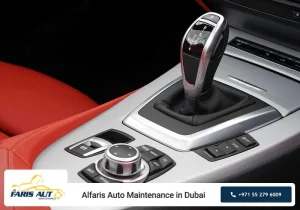
The transmission, or gearbox, is a system that transfers engine power to the wheels and regulates the vehicle’s speed and torque. Simply put, the transmission determines how fast and with how much power the wheels rotate. This system ensures that the engine runs at an optimal RPM and fuel consumption is minimized.
Alfaris Auto, as a specialist and repairer in various types of car transmissions, offers maintenance and repair services for manual, automatic, and semi-automatic transmissions. These three types are the main categories available in the automotive market:
- Manual Transmission: The driver manually shifts gears.
- Automatic Transmission: Gear shifting is done automatically without driver intervention.
- Semi-Automatic Transmission: A combination of the previous two, allowing manual gear shifting without a clutch or automatic shifting.
Each of these transmission types has its own advantages and disadvantages, which we will discuss in detail below. Generally, choosing the right transmission depends on the type of vehicle, driving style, and usage conditions. For more information and free consultation, you can contact Alfaris Auto via phone at +971552796009.
Manual Transmission
The manual transmission, or manual gearbox, is the oldest and simplest type of car transmission where the driver changes gears manually using the clutch and gear lever. The structure of a manual transmission includes several fixed and moving gears that engage when the gear lever moves, changing the gear ratios.
The main components of a manual transmission are:
- Clutch: This component connects and disconnects the engine from the transmission to allow gear changes without damage.
- Gears: They create different power transmission ratios.
- Gear lever: The driver uses it to select gears.
The operation process is that the driver first presses the clutch, then moves the gear lever to the desired position, and finally releases the clutch smoothly. This process gives the driver full control over gear shifting and the vehicle’s output power. Malfunctions in this system and its components cause disruptions in vehicle movement. Alfaris Auto in Dubai offers various car repair services, especially car transmission repair.
Advantages of Manual Transmission:
- Fuel savings due to higher efficiency.
- Greater driver control over vehicle performance, especially in specific conditions like uphill driving or sporty driving.
- Lower repair and maintenance costs compared to automatic transmissions.
Disadvantages of Manual Transmission:
- Requires skill and experience to drive.
- More fatigue in heavy traffic due to frequent clutch use and gear shifting.
- Difficult for novice drivers.
Manual transmissions are commonly found in economical and sports cars such as the Mazda MX-5 Miata, Subaru BRZ, Toyota GR86, Honda Civic Type R, and Ford Mustang.
Automatic Transmission
Next in our introduction to different types of car transmissions is the most popular type: the automatic transmission. This transmission is designed so that gear shifting happens automatically without driver intervention. It uses hydraulic, electronic, and mechanical systems to intelligently adjust gear ratios, making driving easier and smoother.

Contact with AlFaris
You can contact our experts for free consultation, discuss the type of problem or service you are requesting, and arrange for your presence.
Different types of automatic transmissions include:
- Dedicated Hybrid Transmission (DHT): Specifically designed for hybrid vehicles.
- Continuously Variable Transmission (CVT): Offers continuously variable gear ratios, resulting in very low fuel consumption and smooth driving.
- Dual-Clutch Transmission (DCT): Uses two separate clutches for faster and smoother gear shifts; one clutch handles even gears, the other handles odd gears.
These systems enable seamless and optimized gear shifting, allowing the driver to focus solely on steering and vehicle control.
Advantages of Automatic Transmission:
- Easier driving and reduced fatigue in traffic and urban routes.
- More convenience for novice drivers and those who prefer to drive without worrying about gear changes.
- Improved safety due to increased driver focus on the road.
Disadvantages of Automatic Transmission:
- Higher fuel consumption in some models compared to manual transmissions.
- Higher repair and maintenance costs due to complex structure.
- Sometimes the driver feels less control over the vehicle.
Today, many automakers worldwide use various types of automatic transmissions. Companies such as Toyota, Mercedes-Benz, BMW, Mazda, Honda, and Nissan benefit from this technology and use different transmission types in their gasoline and hybrid vehicles.
Semi-Automatic Transmission
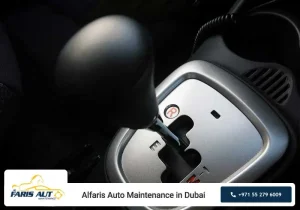
One of the sophisticated systems in the introduction of different types of car transmissions is the semi-automatic transmission. This transmission is a hybrid of manual and automatic gearboxes, allowing the driver to shift gears without using the clutch pedal. In this system, gear changes are made by pressing a button or moving a lever, and the system automatically controls the clutch.
The main difference between the semi-automatic transmission and the manual transmission is the elimination of the need to press the clutch pedal by the driver, while compared to the automatic transmission, it offers manual gear control and a sportier driving experience.
Technology Used:
- Generally, this system contains components from both manual and automatic transmissions, but two critical parts are the control unit and the hydraulic or electronic system responsible for clutch control and gear shifting.
- Use of buttons or gear levers that enable quick and precise gear changes.
Advantages:
- More comfort compared to manual transmission.
- Better control and faster response compared to automatic transmission.
- Suitable for sporty driving and special conditions.
Disadvantages:
- Higher cost compared to manual transmission.
- More complexity and need for specialized repair.
- Sometimes requires driver adaptation to the system.
One of the most well-known cars using this transmission is the Ferrari 599. Also, companies like Hyundai and Kia have produced models with semi-automatic transmissions. Repairing these transmissions, especially in Dubai, requires high expertise. For more awareness, you can refer to the article “Guide to Choosing the Best Repair Shop in Dubai.”
Summary of types of car transmissions
At the end of this article introducing different types of car transmissions, we understand that choosing the best transmission type depends on needs, driving style, and environmental conditions. The manual transmission is suitable for those seeking full control and fuel efficiency. The automatic transmission is ideal for comfort and reducing fatigue in city driving, and the semi-automatic transmission offers a combination of the benefits of both types.
With technological advancements and the growing popularity of electric vehicles, the use of traditional transmissions is changing. Electric vehicles, due to their motor structure, do not require complex transmissions, leading to a transformation in the power transmission industry. The future of transmissions will move towards electronic and intelligent systems that guarantee optimized performance, reduced fuel consumption, and increased driving comfort.
The expert team at Alfaris Auto in Dubai, with years of experience in repairing and maintaining various types of car transmissions, is ready to provide the best services and advice so you can make the best choice for your vehicle with full awareness.
